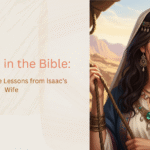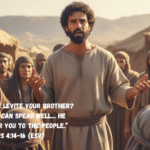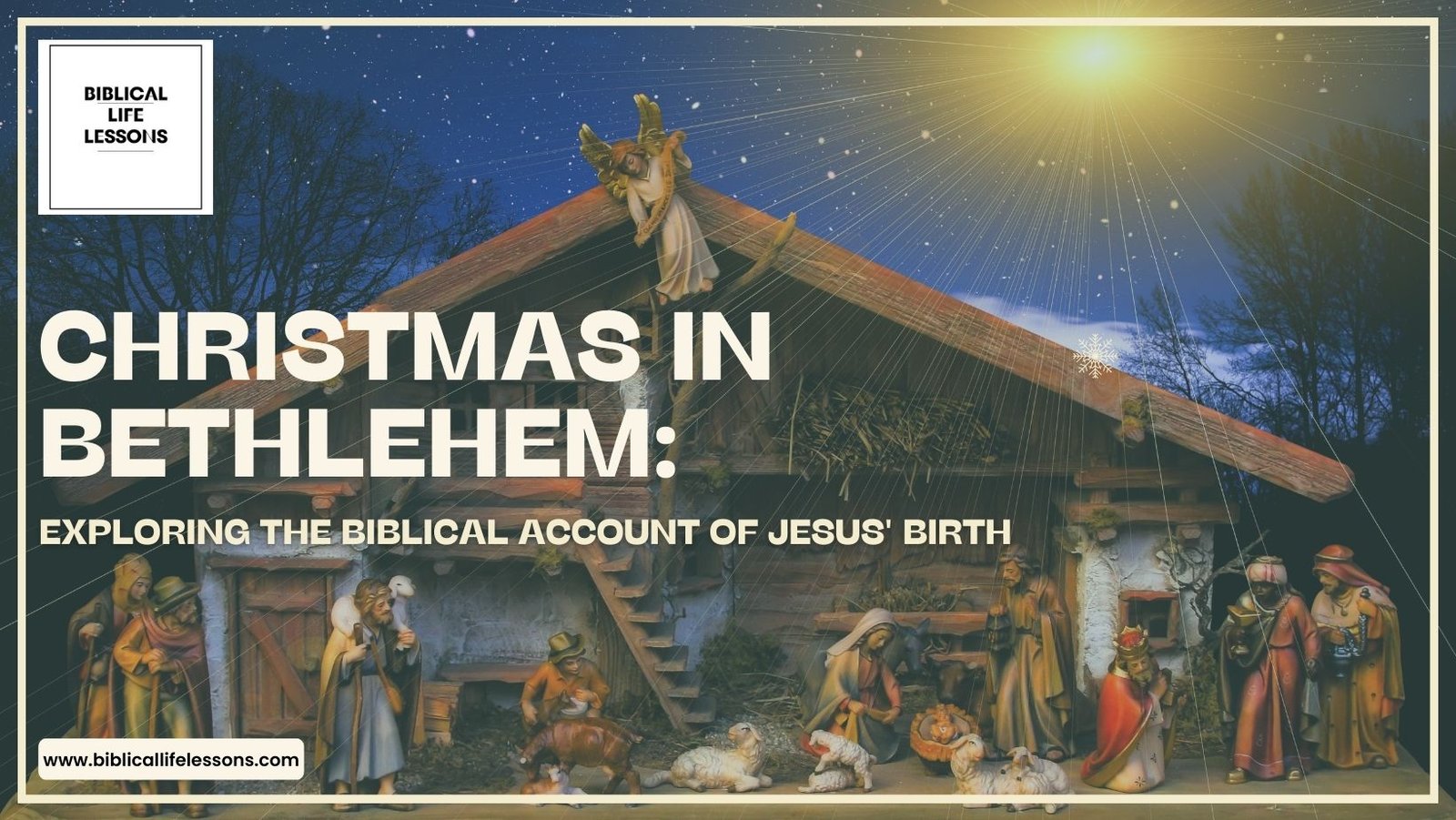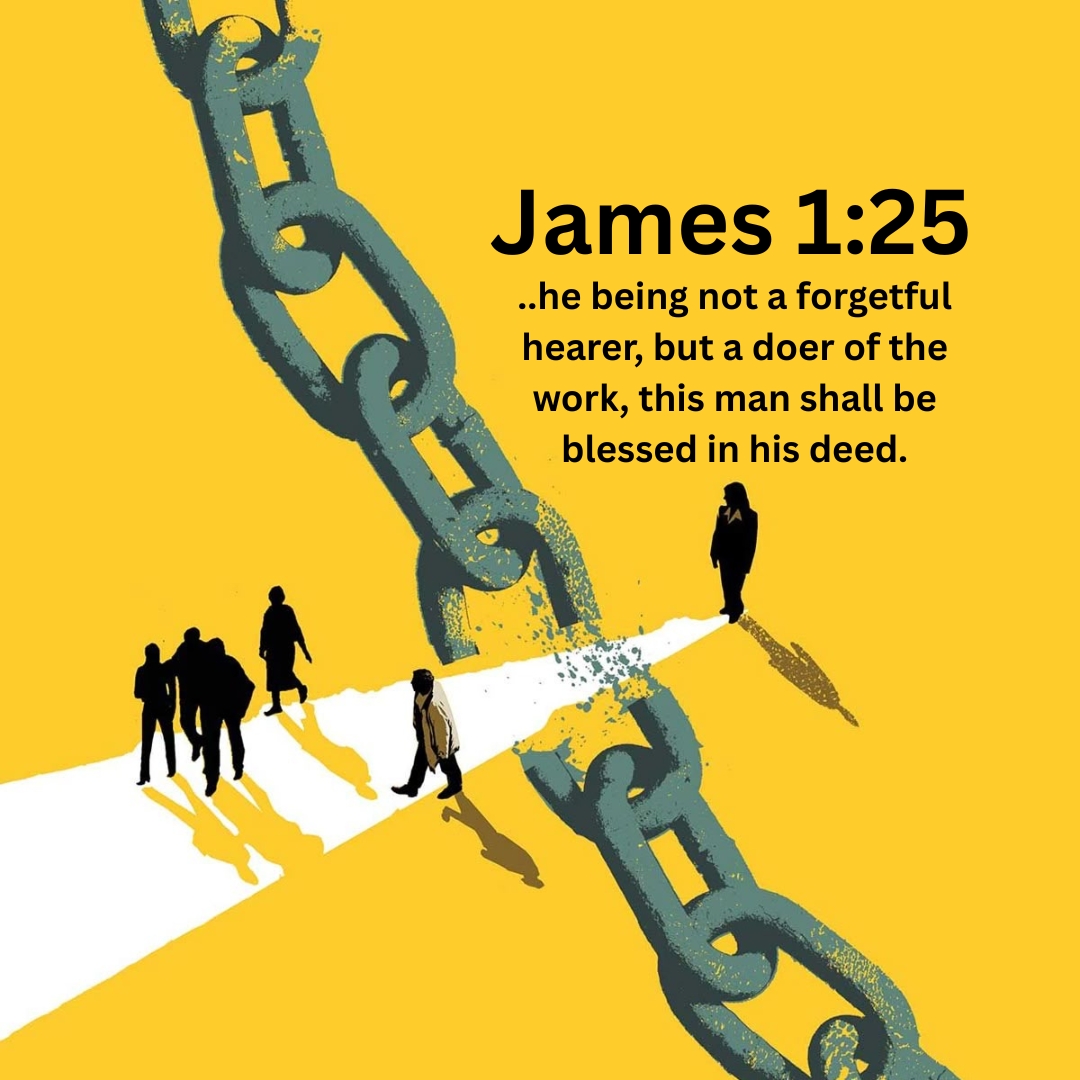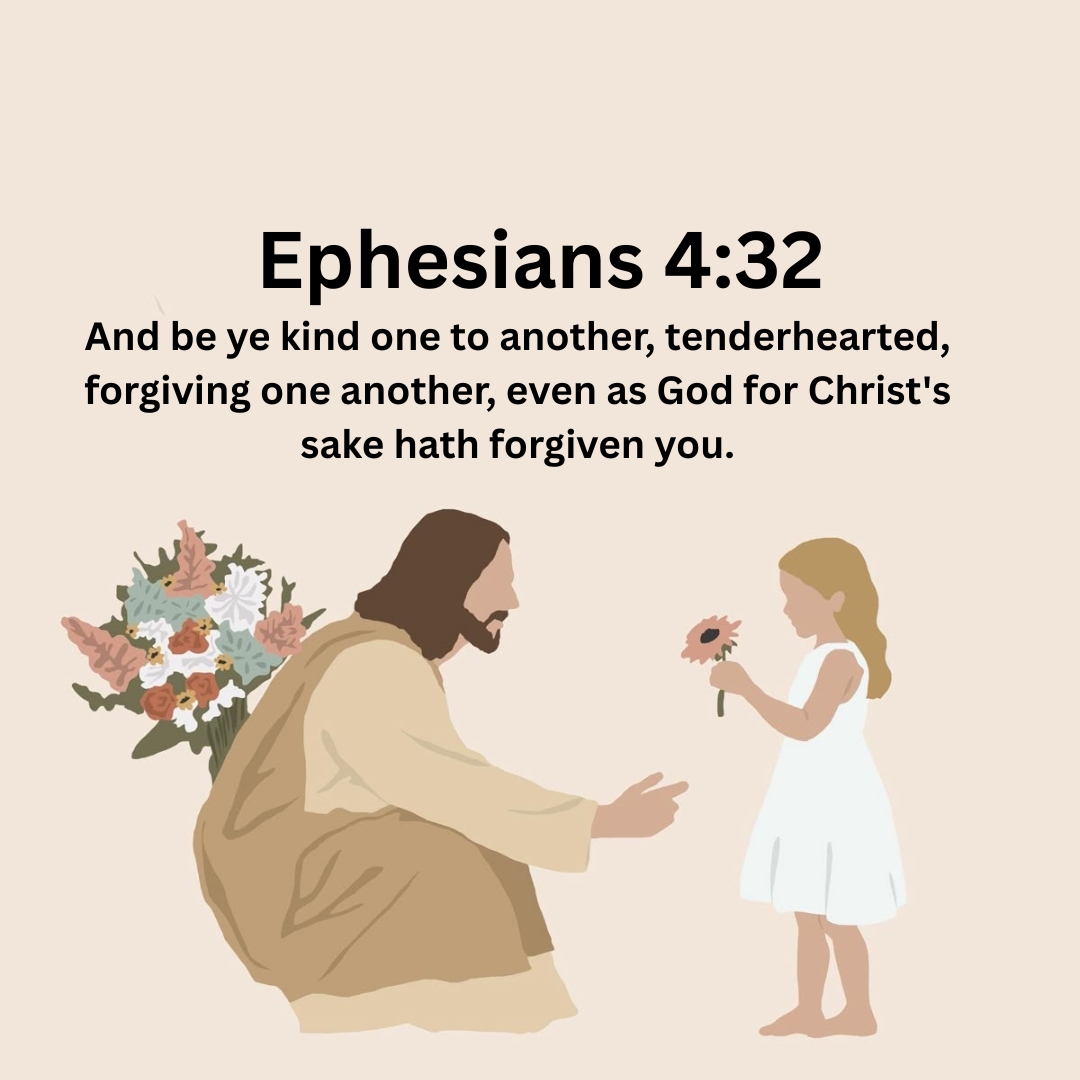In the heart of Bethlehem, the biblical narrative of Christmas unfolds, weaving a tale of divine grace and the humble beginnings of Jesus, the Savior. The story, found in the Gospel of Luke and Matthew, transcends time, resonating through generations as a source of inspiration and reflection during the festive season.
The Annunciation to Mary (Luke 1:26-38):
The journey begins with the angel Gabriel’s visit to Mary, a young woman chosen for a sacred purpose. The angel delivers the extraordinary news of Mary conceiving the Son of God. Mary, a model of faith and obedience, accepts this divine calling, setting in motion the fulfillment of ancient prophecies.
Joseph’s Dilemma and Divine Intervention (Matthew 1:18-25):
As Mary’s betrothed, Joseph grapples with the startling revelation of her pregnancy. In a dream, an angel reassures him of the divine origin of Mary’s child, instructing Joseph to embrace his role as the earthly father of the Messiah. Joseph’s unwavering trust becomes a testament to faith in the face of uncertainty.
The Journey to Bethlehem (Luke 2:1-5):
With Mary heavy with child, the couple embarks on a journey to Bethlehem, the City of David, for the census decreed by Caesar Augustus. The seemingly ordinary events of travel conceal the unfolding of a grand, providential plan—a plan that places the birth of the King in humble surroundings.
The Manger in Bethlehem (Luke 2:6-7):
Arriving in Bethlehem, Joseph and Mary find no place in the inn, and the Savior of the world is born in a lowly stable. The juxtaposition of heavenly glory and earthly humility marks the profound nature of Christ’s incarnation, emphasizing accessibility to all, irrespective of social status.
The Shepherds and the Angelic Proclamation (Luke 2:8-20):
Divine announcements are not reserved for royalty but extend to humble shepherds in the fields. Angels herald the Messiah’s birth, inviting the shepherds to witness the fulfillment of prophecy. Their spontaneous journey to the manger epitomizes the inclusive nature of the gospel message.
The Magi’s Journey and the Star (Matthew 2:1-12):
From the East, magi follow a celestial sign—a star—to pay homage to the newborn King. Their journey underscores the universal significance of Christ’s birth, transcending borders and cultures. The magi’s gifts symbolize the recognition of Jesus as King, Priest, and Sacrifice.
In Bethlehem, the sacred tapestry of Christmas is woven with threads of faith, obedience, humility, and divine orchestration. The biblical account invites believers to ponder the profound mysteries of the Incarnation and find joy in the simplicity of the stable, the warmth of the swaddling clothes, and the promise of salvation.
Lessons to Learn:
- Humility in Magnitude: Christmas teaches us that profound events can unfold in the simplest of settings, emphasizing the virtue of humility.
- Obedience in Uncertainty: Mary and Joseph exemplify obedience even when faced with incomprehensible circumstances, teaching us to trust in divine guidance.
- Inclusivity of the Divine Message: The shepherds and magi represent diverse social strata, emphasizing that the message of Christ’s birth is for all people.
- Recognition of the Divine: Like the magi, Christmas encourages us to recognize the divine signs in our lives and respond with adoration and worship.
Subscribe for Daily Email Devotionals



